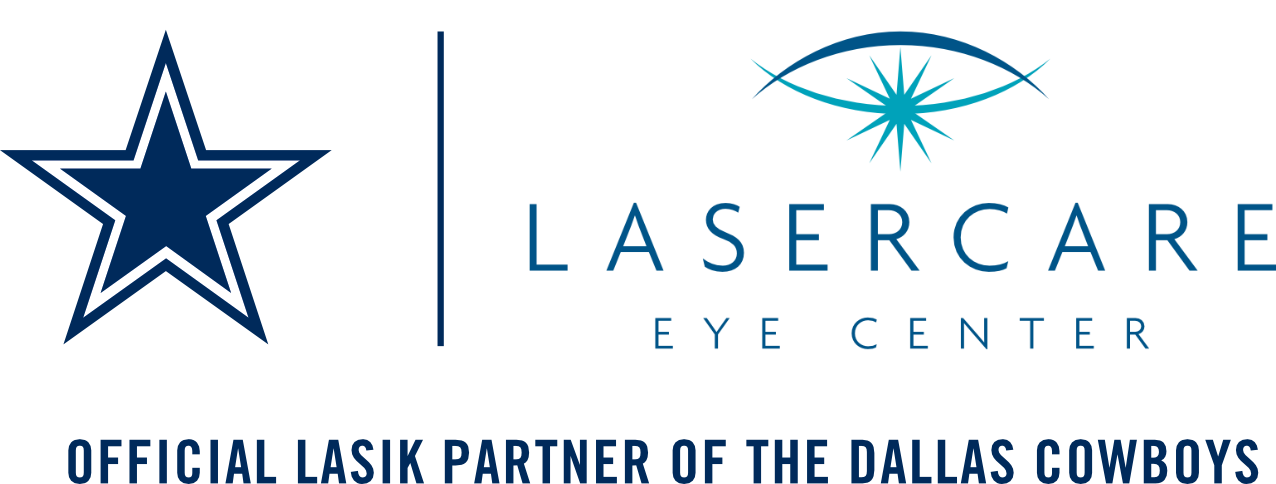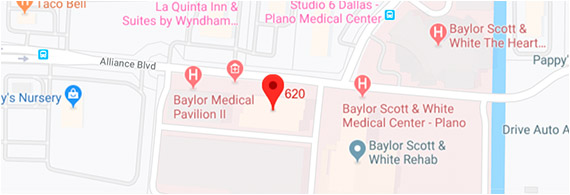Advantages of Laser Cataract Surgery
Cataract surgery is an opportunity to improve your vision and reduce or eliminate your dependence on glasses. It’s more dependable and advantageous than ever before, due to improvements in methods and instruments. Now, futuristic technological advancements marry computer-controlled laser with real-time 3-D imaging, to deliver meticulous accuracy during your cataract surgery. Sophisticated technologies work together to provide you with the best results: the most customized precision vision correction available in Texas.
Customized Precision
Intraoperative Aberrometry (ORA) technology uses live 3-D imaging to provide real-time measurements of the patient’s eye during cataract surgery. It provides an analysis that isn’t possible with conventional measurements and instruments.
During the surgery, the machine directs an imperceptible beam of low-intensity light into the eye. This light then reflects back and sensors analyze the eye’s unique optical characteristics. Surgeons then use the information to choose the most accurate intraocular lens (IOL) to implant.
Key Laser Cataract Surgery Advantages
One of the laser cataract surgery advantages is that there is no need to wait for weeks or months to find out the results. There is also a quicker recovery time, reduced chance of complications, and reduced stress on the eye during the procedure. Other laser cataract surgery advantages are:
- The ophthalmologist can integrate IOL with Laser-Assisted Cataract Surgery (LenSx) to make necessary adjustments right then and there.
- Customization is achieved with ORA.
- Precision and accuracy, achieved with LenSx, resulting in increased safety due to lack of surgical blade and the reduction in the number of instruments needed.
- Improved refractive and visual outcomes that greatly reduces or completely eliminates the need for glasses.
Laser cataract surgery advantages have become tremendous in recent years. In the past, your surgeon would have to rely on measurements based solely on the dimensions and curvature of your eye to determine the best lens implant. Prior surgery, like LASIK Eye Surgery or unusual measurements, greatly reduced the accuracy of this analysis.
Modern Cataract Surgery
After making the patient comfortable, the doctor will use a laser to cut a minuscule slit in the front layer of the lens, to allow access to the cataract below. Contemporary laser technology often allows doctors to do the lion’s share of the procedure before even entering the eye.
ORA images guide your surgeon with an extremely precise and detailed picture of the inside of your eye. The treatment plan for your eye is customized from it and guides the laser. Then an incision is made on the front covering of the cataract, and the cataract is fragmented into smaller pieces by the guided laser. These little pieces are then easier to extract through the tiny incision.
Once the surgeon has access to all the pieces of the cataract inside the eye, they are removed using a micro-ultrasound suction device, inserted through a tiny corneal incision. Once the pieces have been completely removed, an artificial replacement IOL is then implanted where the cloudy lens used to be. Because the opening is so small, it’s often water-tight and doesn’t even require stitches. The whole procedure can be completed in a matter of minutes.
What to Expect
Before the procedure, your Dallas cataract surgeon will discuss laser cataract surgery advantages, risks and which lens is optimal for you. This will depend on a few variables including what you’re looking to correct: nearsightedness, distance vision or both. Regardless which premium cataract surgery you and your surgeon choose, using aberrometry may help your IOL selection and help ensure the best surgical result possible. Top ophthalmologists are proud to offer the most advanced cataract removal technologies available.





